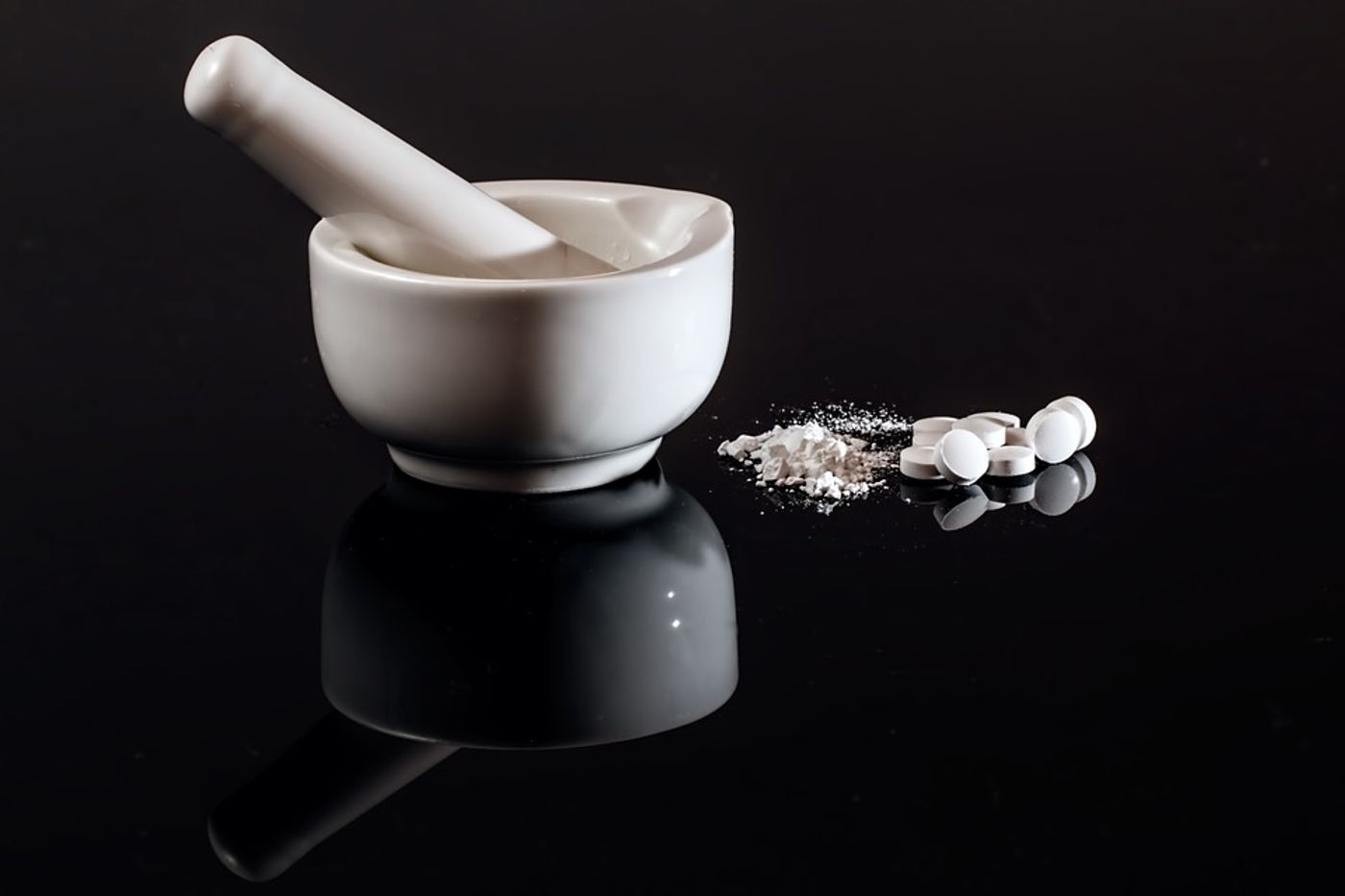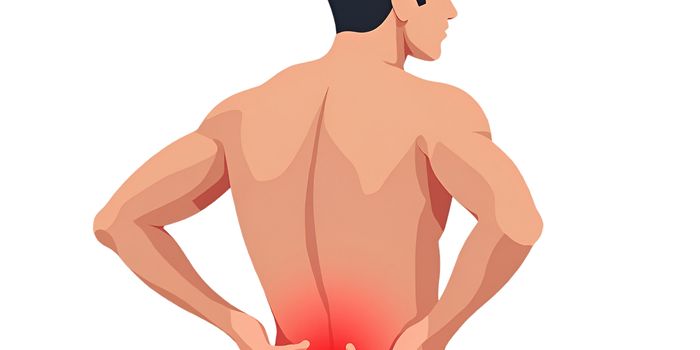Parents Prefer Opioids For Their Children Despite Risks
Opioid abuse has become an epidemic in the United States. It is estimated that 72,000 deaths were the result of opioid abuse in 2017. The hardest hit states were West Virginia, Ohio, and New Hampshire in 2016 as measured by the number of overdose deaths.
Despite these shocking numbers, opioids are still widely prescribed. Moreover, despite 90% of these devastating addictions starting in the teen years, parents still believe opioids are more effective at managing pain than alternatives. For this reason, opioids remain a popular prescription for pain relief in children. Even with more than half of the parents surveyed expressing concerns over possible addiction.
In addition to the risk of addiction, opioids are associated with a number of heart problems. These include depressed heart function, a slow heart rate (bradycardia), vasodilation, ventricular tachycardia, atrial fibrillation, and infectious endocarditis. These heart problems can lead to lightheadedness, low blood pressure, fainting, heart failure or even death. Still, parents rarely ask about alternatives when doctors prescribe opioids for their children.
“The survey results shed light on the country's conflicted relationship with and understanding of opioids.“ Says Linda J Mason, M.D., FASA, who conducted the survey. She adds that “opioids may not be the best option. It really depends on the type of surgery and how long they are required.“
Although when safely managed, short-term opioid use can be effective, opioid-related deaths among children and adolescents nearly tripled between 1999 and 2016. To stop this trend in its tracks, the ASA would like for parents to be aware of pain management specialists in hospitals and their role in developing individualized pain plans for patients. These types of pain management plans can reduce the risk of opioid abuse and addiction.
One of the things parents can do to help reduce the risk of opioid abuse following injuries or surgeries includes asking about alternatives. Second, being mindful of safe storage and proper disposal methods is essential for keeping additional doses or unused drugs out of the hands of children. Parents could also ask their providers for guidance about the best ways to communicate the risks of opioid use to their children. Finally, because accidental overdose can happen to anyone, parents should know that Narcan is available if an overdose does occur.
Studies find that many parents recognize over-the-counter medications as effective ways to help treat pain. Conversely, few of these parents are aware of non-opioid prescription alternatives like steroids, antidepressants, and anti-seizure medications for pain treatment. Additionally, some non-drug therapies can help ease pain like physical therapy, biofeedback, massage, and acupuncture.
Although each case is different, doctors and parents alike should be concerned with providing children with a well-designed pain management plan. This plan would do best to consider drug and non-drug opioid alternatives. When it is necessary to depend on opioids, their use should be limited in time frame.
The above video is a 2018 TED Talk in which Travis Rieder discusses his hellish escape from opioid addiction titled “The Agony of Opioid Withdrawal.”











